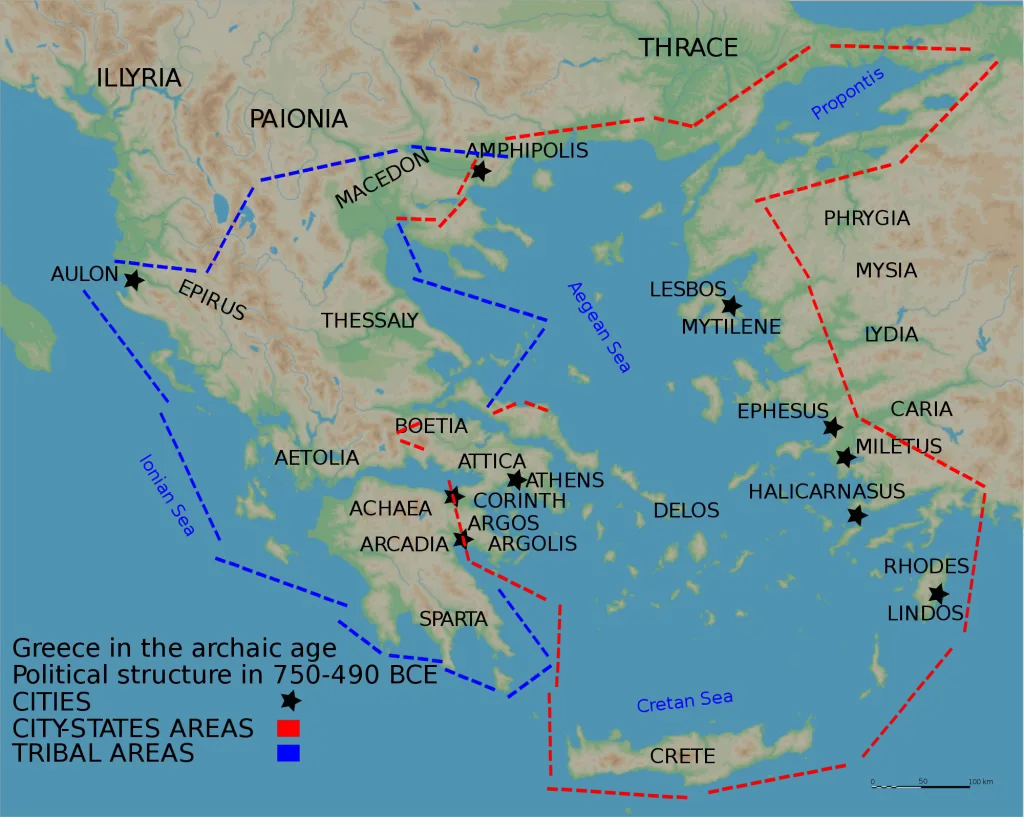Sparta was a powerful Ancient Greek city-state known as a warrior society. Military life was so important in Sparta that Spartan boys started training to be soldiers at age seven.
All this training paid off for the Spartans, though. Sparta is famous for several war victories, including defeating the city-state of Athens in the Peloponnesian War.
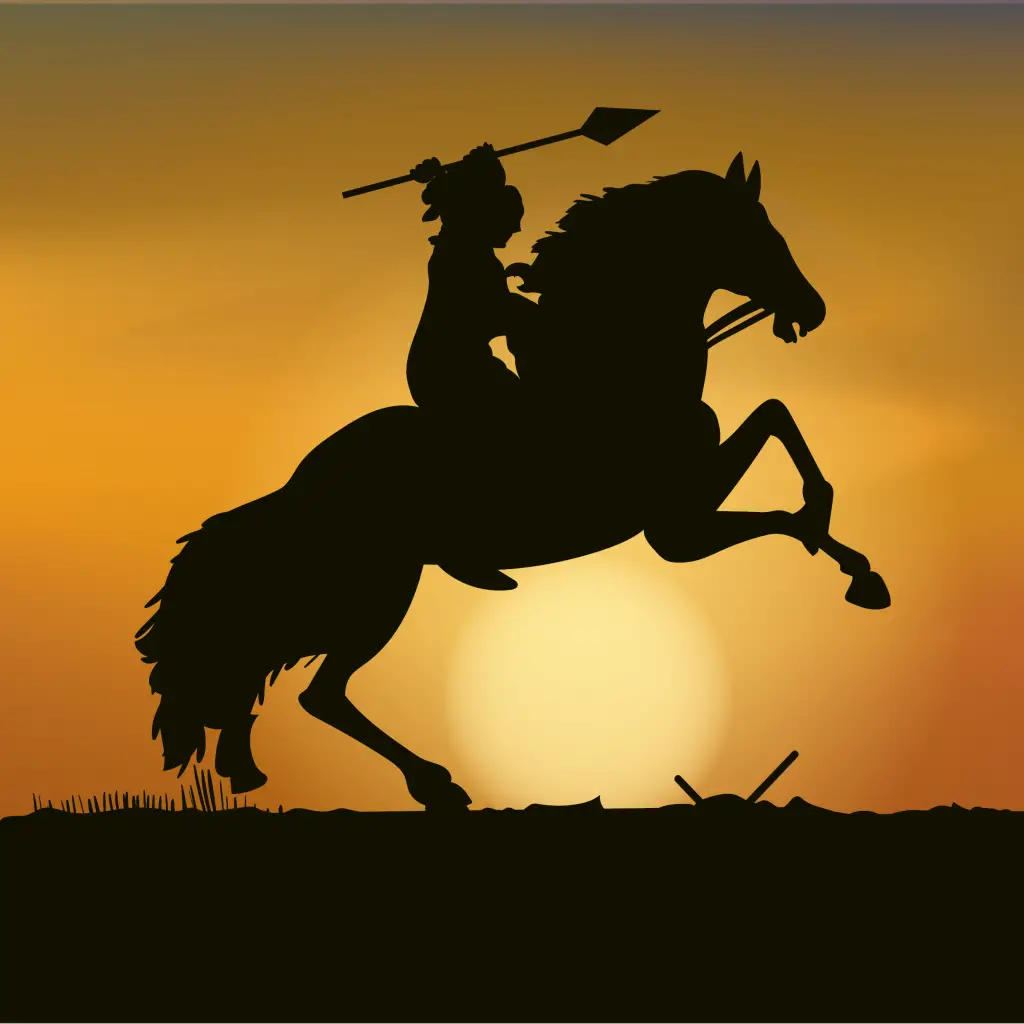
Spartan Government
Sparta had a very unique system of government. The city was ruled by two kings, and a 28-member Council of Elders limited their power.
The council governed the city, declared wars, supervised the kings, and could propose laws. The two kings were more like military commanders and generals.
There was also a general assembly of the people, where they sometimes had an informal “vote” that consisted of yelling opinions.
So, why did Sparta have two kings? Sparta had two very powerful and important families, and they didn’t want either family to be upset. For this reason, each family was represented by one king.
These two families were the Agaidai and Eurypontidae, and they were called the founding families.
Social Classes in Sparta
Spartan society was divided into three social classes:
- Spartans, or Spartiates: Full citizens. All healthy male citizens devoted their lives to military service and were extremely loyal to Sparta.
- Perioeci: Free men of Sparta who did not have full citizenship. They were the descendants of people who had been conquered by the Spartans. They were mainly farmers, merchants, and craftsmen who made weapons for the Spartans. They paid taxes and could serve in the army but did not have many rights.
- Helots: Serfs/slaves who farmed land and gave crops to the Spartans. They could not own property and were treated very poorly, despite being the largest group of people in Sparta.
Life for Boys and Men in Sparta
At the age of seven, Spartan boys started their military training. They left home and entered the Agoge, a tough military school where the boys lived together in barracks.
They completed challenging military and athletic training, but they also learned basic reading and writing. The boys were expected to learn survival skills like stealing food.
Teenagers with the best leadership skills were selected for the Crypteia. They were a secret police force who were in charge of preventing the Helots from rebelling.
At age 20, the boys joined the common mess halls with the other Spartan men. At this point, they became full-time soldiers.
Men under 30 continued to live in the barracks, where they rarely saw their wives or children. Soldiers remained on active duty until the age of 60.
Soldiers in battle wore a bronze helmet, breastplate, and ankle guards. They carried a spear, a sword, and a shield made of bronze and wood.
Spartan soldiers were known for wearing red cloaks and having long hair.
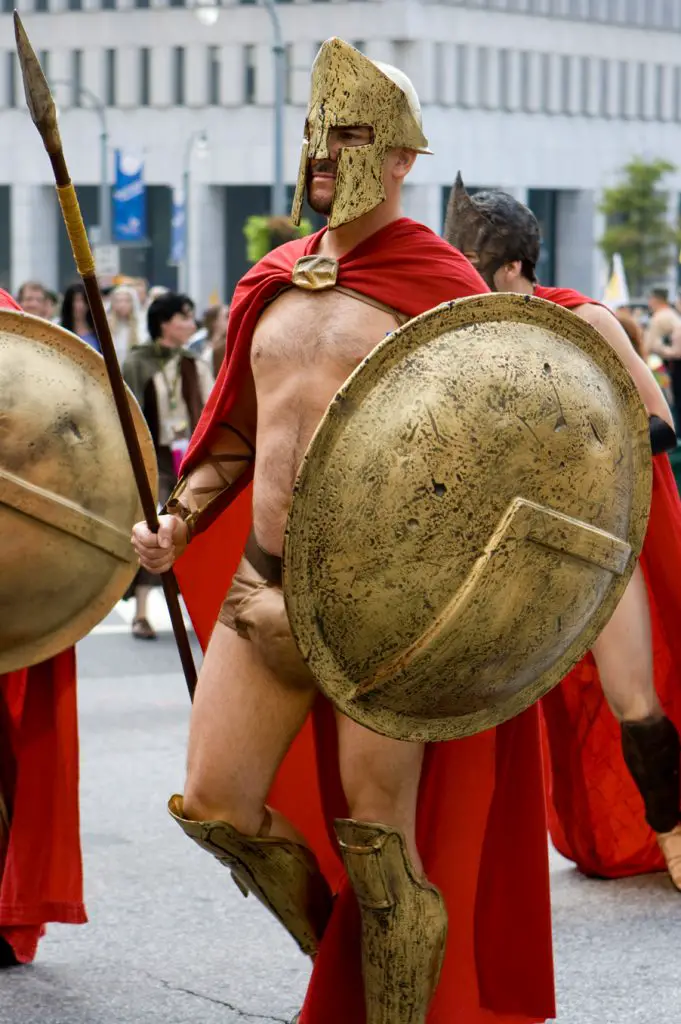
Life for Girls and Women in Sparta
Women in Sparta were more independent and had more rights than most other women in Ancient Greece.
They often received a formal education separately from the boys. Unlike the boys, the girls did not go to boarding school.
Spartan women were also competitive. They had javelin-throwing and wrestling competitions and also sang and danced competitively. Women also had to be physically fit to produce strong male children.
Marriage was important to the Spartans, because they needed more male soldiers to replace those who died in battle. To prepare for marriage, Spartan women had their heads shaved and kept their hair short after getting married.
As adults, women could own and manage property. They did not have to cook or clean like most Greek women, because these tasks were assigned to the helots.
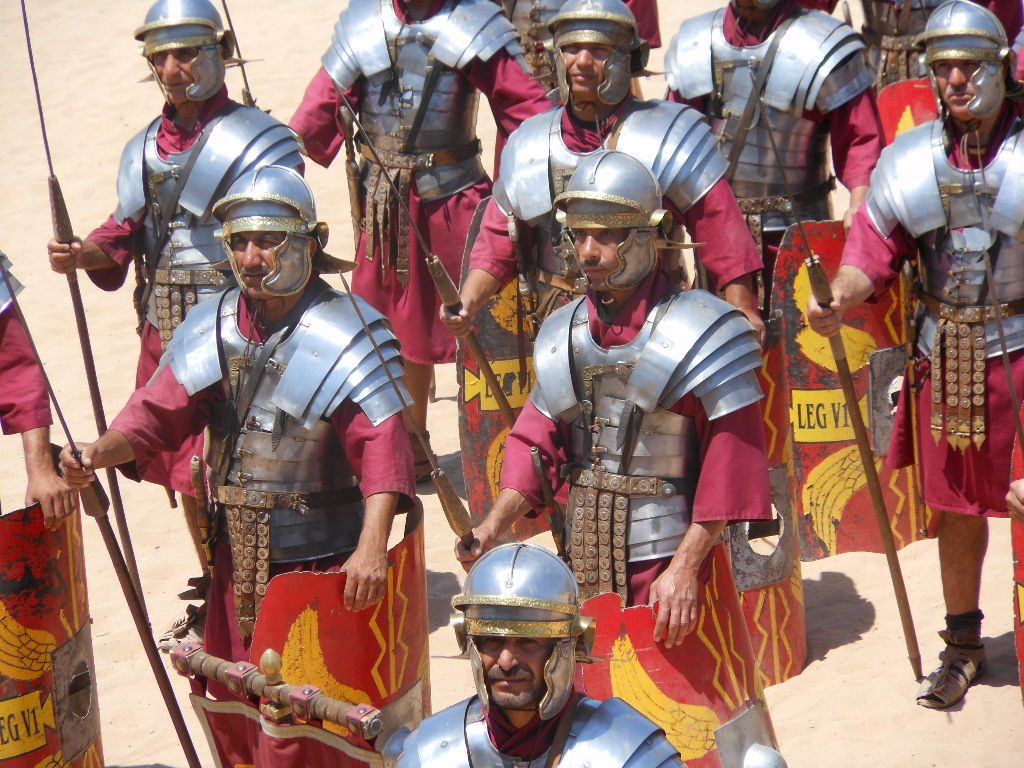
The Spartan Army
Sparta was feared throughout Greece as a powerful army. The city barely even had fortifications (protective walls) for most of its history.
They constantly practiced military drills and were known for fighting in a phalanx formation. The army worked as a close unit with coordinated movements.
With these practiced movements, the Spartans could defeat much larger armies. From 492 BC to 449 BC, the Spartans led other Greek city-states in a war against the Persians.
At the famous battle of Thermopylae, 300 Spartans held off hundreds of thousands of Persians and allowed the Greek army to escape. (This is the story that the movie 300 is based on.)
Sparta also went to war against Athens in the Peloponnesian War. Sparta was victorious, but the war was a long one, lasting from 431 BC to 404 BC.
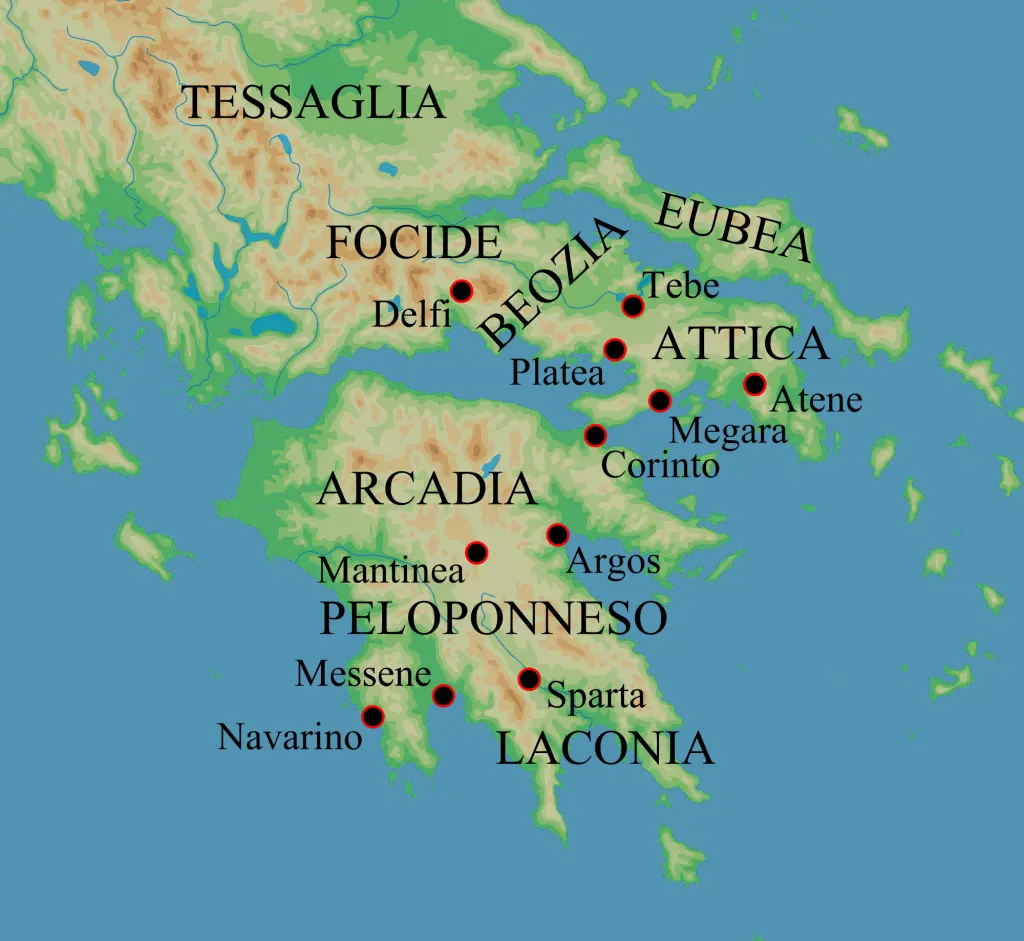
Sparta’s Decline
Even though they defeated Athens, Sparta suffered many losses during the Peloponnesian War too. They began to decline and were eventually lost the Battle of Leuctra to the city-state of Thebes in 371 BC.
However, Sparta remained an independent city-state until Greece was conquered by the Romans in 146 BC.
Other Interesting Facts About Sparta
- The Spartans ate simple foods like barley, cheese, and figs.
- They also drank wine with their meals. Unlike many other Ancient Greek women, Spartan women drank wine too.
- Spartan boys were encouraged to steal food. If they were caught, they got in trouble for not being sneaky enough.
- Spartans believed that they were the descendants of the Greek god Hercules.
- Spartan parents practiced “tough love,” often leaving babies alone to cry and commanding them never to fear darkness.
- The Spartan army was also very religious. They made sacrifices before crossing rivers and would not mobilize the army during important religious festivals.
- For the Spartans, the ultimate disgrace was surrendering in battle.
Explore more on Ancient Greece.
